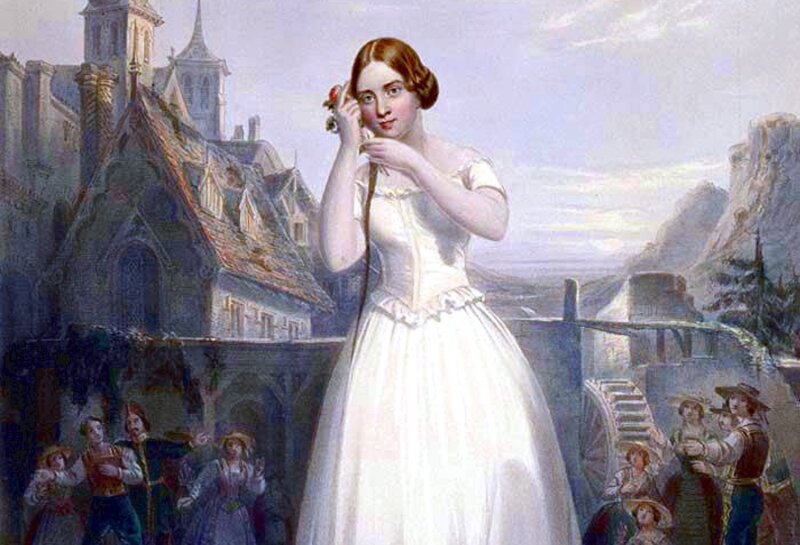Veranstaltungen

The Female Voice of the Garcia School
Manuel Garcia the younger (1805–1906) was one of the most influential singing masters of the 19th century. He has been regarded as a bridge between older vocal ideals and modern voice science since among other achievements he invented the laryngoscope, a medical tool to examine the throat, in 1855. Especially interesting is the view at the gender aspect of his opera vocal technique, originally intended for male voices. Despite his aim to improve the male opera voice, Garcia and his successor Mathilde Marchesi (1821–1913) had their greatest success with female singers. This project seeks to find out why and tries to investigate if some of Garcia’s vanished techniques may be useful to coloratura sopranos today. In this presentation Ingela Tägil will discuss and demonstrate, supported by professor Christian Hilz and some of his students, how Garcia’s terms coup de la glotte, voix blanche (high larynx position), his breathing support and his definitions of registers may affect coloratura sopranos. This will also be shown on early recordings of singers from the first and second generation of the Garcia School, from the time between 1897–1933.
Ein Forschungs-Mittwoch über die weibliche Singstimme. Zum Projekt The Female Voice of the Garcia School
Bild: Eine der bekanntesten Schülerinnen von Manuel Garcia, die schwedische Sopranistin Jenny Lind (1820–1887), hier in einer Produktion von Vincenzo Bellinis «Sonnambula» (Maler unbekannt).
KALENDER
- 6. Dezember 2025Global Piano Roll Meeting – Prelude #11
We are pleased to announce that the Global Piano Roll Meeting series will continue.
mehr lesen
The next prelude... - 17. Dezember 2025Forschungs-Mittwoch Verborgene Schätze
Der Online-Katalog der HKB-Musikbibliothek umfasst zahllose Bücher, Tonträger und Noten –...
mehr lesen - 12. Januar 2026Mikroton
Nach der erfolgreichen Premiere dieses Formats anlässlich Pierre Boulez’ 100. Geburtstag im März...
mehr lesen - 18.–20. März 2026Postdigital
Nähere Informationen folgen.
mehr lesen - 8. Mai 2026Tagung Musikpädagogik
Nähere Informationen folgen.
mehr lesen